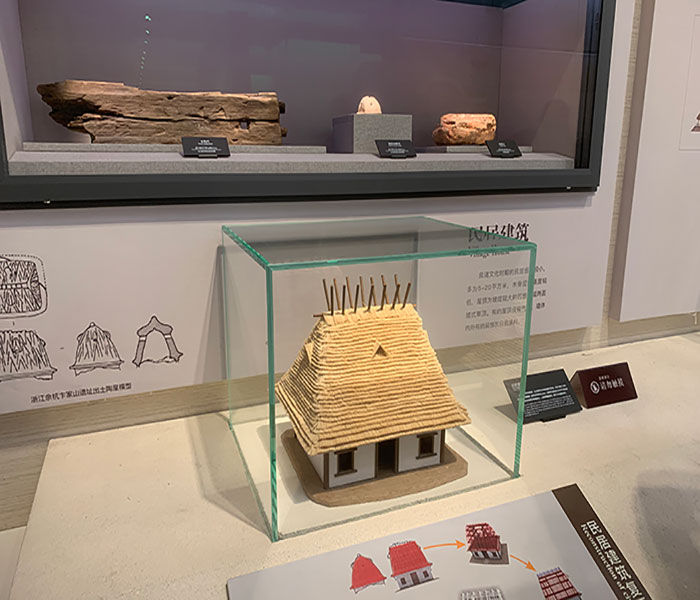Augmented reality has shown us how seamlessly virtual information and the real world can be combined, and AR glass is the latest frontier in this technology. By layering digital images directly onto the user's visual world, AR glass is redefining the fields of education, entertainment, and industry. This post will explore in detail the innovative applications of AR glass in these fields and the changes it is bringing about.
Education
1. Interactive Learning
AR glass provides an interactive learning environment for students to visualize abstract concepts. For example, through AR glass, students can observe and interact with three-dimensional molecular models to understand complex chemical reactions; in history classes, students can gain an immersive learning experience through historical events reproduced in AR. This technology not only increases students' interest in learning but also helps them better understand the knowledge points.
2. Skills training
In terms of skill training, AR Glass helps students master complex operations by providing real-time feedback and guidance. Medical students can perform virtual anatomy through AR glass without the need for real biological specimens; mechanical engineering students can simulate the operation process in a virtual environment before the actual operation to improve safety and accuracy in the actual work.
Entertainment Field
1. Game experience
Using AR glass, the game is no longer limited to the traditional screen interface but extends to the player's entire environment. This technology makes the gaming experience more immersive and dynamic, allowing players to interact with virtual characters in their own real-world or find virtual objects in an outdoor environment. This not only adds to the fun of the game but also encourages players to be physically active.
2. Film and TV Entertainment
In terms of film and television entertainment, AR glass can provide a new viewing experience. Viewers can watch movies or TV shows through AR glass while viewing additional streams of information, such as actor information, plot background, and so on. In addition, AR technology can create virtual cinemas, allowing users to enjoy a cinema-quality viewing experience at any location.

Industrial Areas
1. Design Visualisation
Designers and engineers can view and modify 3D design drawings in real time through AR glass, improving efficiency and accuracy. For example, automotive designers can view the effect of a new design on an actual-size 3D model, easily adjusting details without having to rely on a physical prototype.
2. Maintenance and Repair
AR glass provides instant information and guidance to help maintenance personnel quickly diagnose problems and make repairs. Facing complex mechanical equipment, maintenance personnel can see the internal structure and operation status of the equipment through the AR glass, and even complete the repair work with the assistance of remote experts.
3. Logistics management
In logistics and warehouse management, AR glass can help staff quickly locate goods, get inventory information, and optimize the use of warehouse space. With the virtual information displayed by AR glasses, staff can manage inventory more efficiently, reducing errors and time costs.
Challenges faced
Although the application of AR glass is promising, it still faces some technical and market challenges. On the technical side, there is a need to further improve the transparency and viewing angle width of the display technology, improve wearing comfort, and optimize battery life. On the market side, there is a need to overcome consumer acceptance barriers to the new technology, deal with privacy and security issues, and develop a rich content ecosystem.
Future Outlook
As the technology continues to advance and the market matures, it is expected that AR glass will play a greater role in education, entertainment, and industry. The AR glass of the future will be lighter, smarter, and able to provide a richer and more immersive user experience. As more innovative applications are developed, AR glass is expected to become an integral part of everyday life.
The development of AR glass represents a quantum leap in technology that greatly expands the range of applications in education, entertainment, and industry by fusing virtual and reality. While there are still challenges to overcome, the potential of AR glass is huge, and in the future, it will to more efficient, interactive, and fun experiences. As this technology continues to evolve, there is reason to believe that AR glass will be a key factor in changing the future of digital life.






